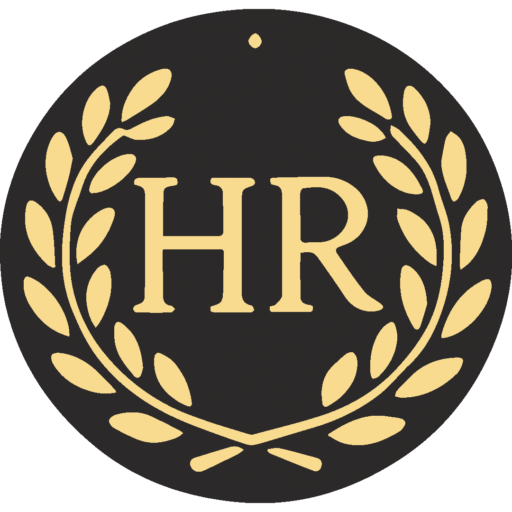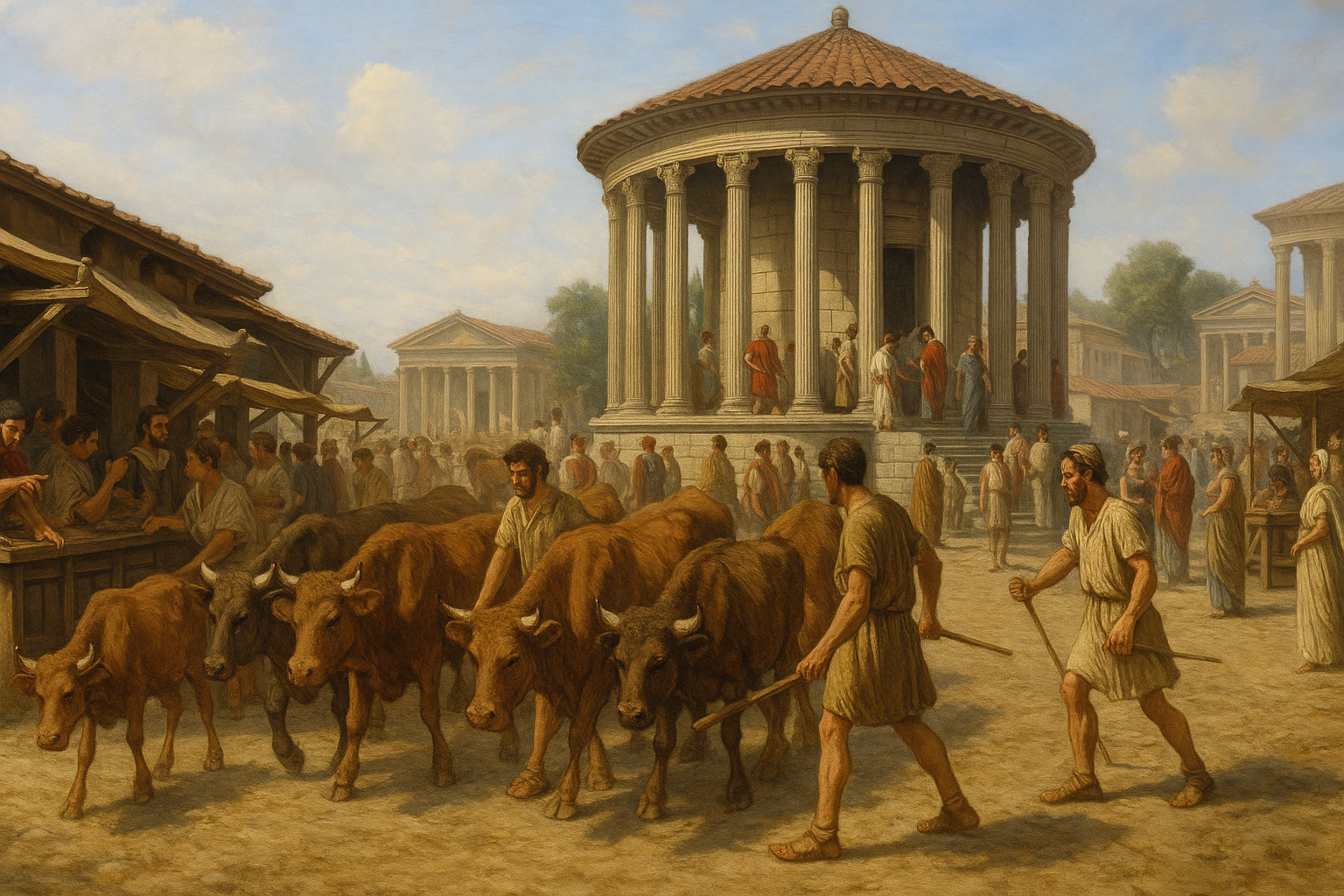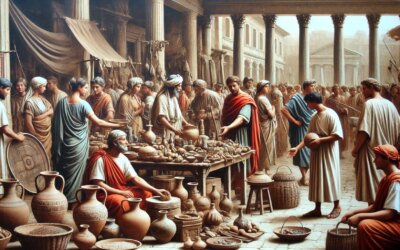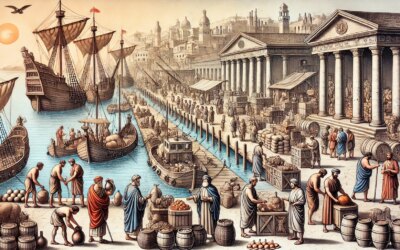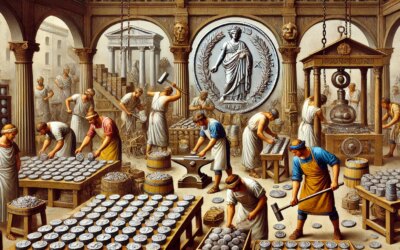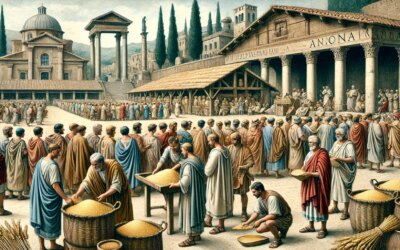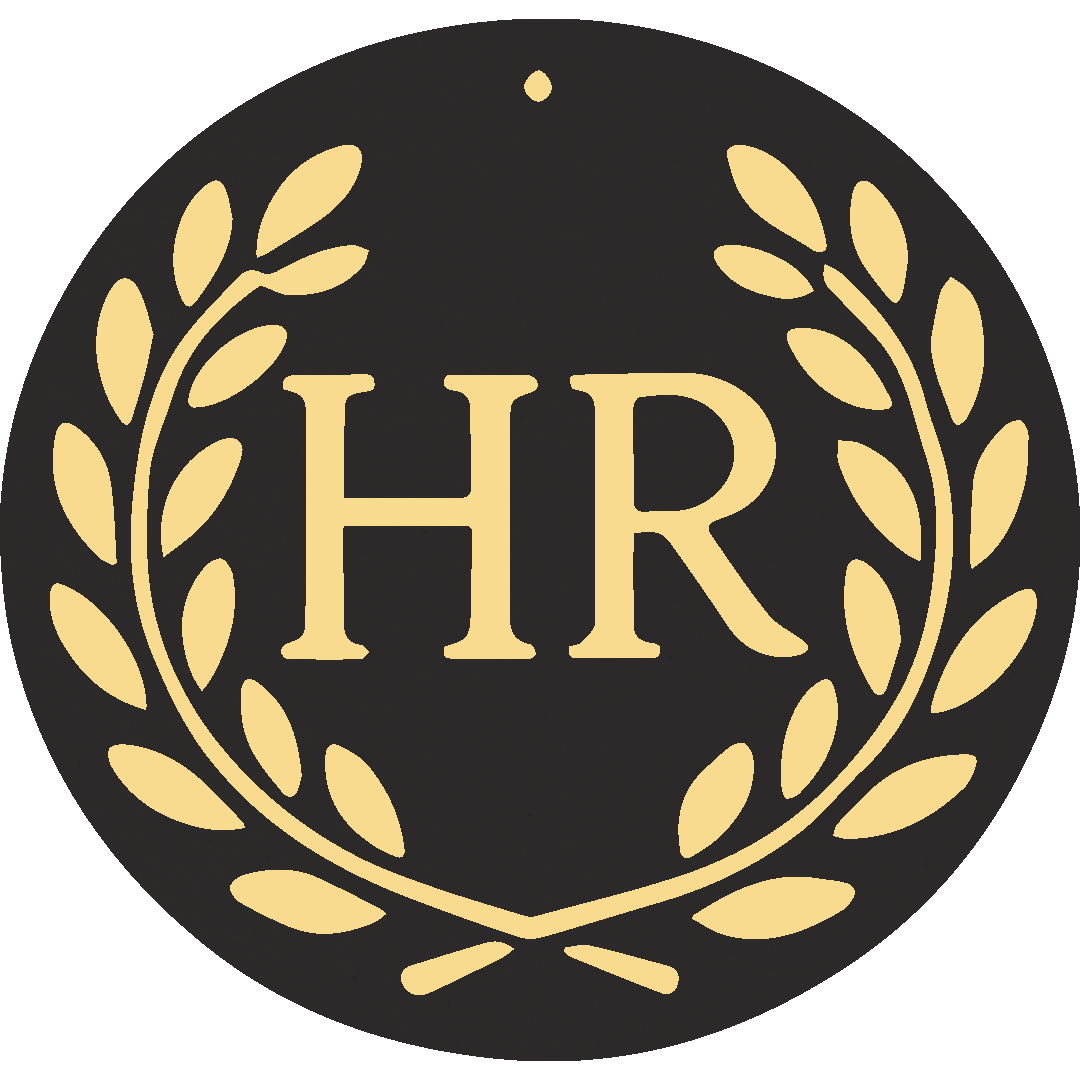Origins and Location of the Forum Boarium
The Forum Boarium emerged on a low-lying floodplain between the Palatine and Capitoline hills, near the bend of the Tiber River. Initially little more than a muddy riverside pasture, it evolved by the 4th century BCE into Rome’s principal cattle market. Traders from across Latium and beyond herded oxen, sheep and goats here, capitalizing on the easy river access and proximity to major roads. Over time, the clearing also hosted religious shrines and public buildings, intertwining economic activity with sacred ritual.
Economic Significance and Market Practices
As one of the oldest markets in Rome, the Forum Boarium played a crucial role in provisioning the growing city. Key features included:
- Herd Collection Pens where cattle and other livestock were examined for health and weight before sale.
- Merchant Stalls constructed of timber and stone, they lined the perimeter and facilitated transactions in both cattle and related goods such as leather and dairy.
- River Trade barges transported animals and grain along the Tiber, linking the Boarium to Ostia and the broader Mediterranean trade network.
Market days followed a weekly rhythm tied to Rome’s nundinal cycle, drawing farmers, butchers and urban consumers. Prices were influenced by seasonal factors, crop yields and political events that disrupted supply.
Religious and Cultural Dimensions
Interspersed within the marketplace were two of Rome’s oldest temples:
- Temple of Hercules Victor a circular, Greek-style temple dedicated to Hercules as protector of merchants and traders.
- Temple of Portunus honoring the god of river harbors, safeguarding boats that brought goods to the city.
These sanctuaries served both worshippers and traders, who made offerings seeking divine protection for their ventures. Public festivals such as the October Horse featured sacrifices near the Boarium, reinforcing the link between commerce, religion and communal identity.
Urban Development and Engineering Challenges
Building permanent structures on a flood-prone plain demanded ingenuity. Engineers raised the market floor with successive layers of travertine and tufa, while constructing drainage channels that fed into the Cloaca Maxima sewer system. These improvements not only protected the sacred temples but also ensured that market activities continued year-round despite seasonal inundations.
Social Impact and Community Life
The Forum Boarium was more than a marketplace; it was a social hub where free citizens, slaves and freedmen mingled. Nearby tavernae and tabernae vendentium offered food and drink, fostering a lively urban atmosphere. News and gossip spread quickly in this bustling setting, making the Boarium a barometer of public sentiment and political opinion.
Legacy and Archaeological Remains
Though largely absorbed by later urban expansion, the Forum Boarium’s footprint remains visible in modern Rome. Archaeologists have uncovered foundations of merchant stalls and fragments of the travertine paving. The still-standing Temple of Hercules Victor and Temple of Portunus provide tangible links to the area’s ancient past, reminding visitors of the economic engine that once pulsed at Rome’s heart.
Frequently Asked Questions
- What time period did the Forum Boarium thrive? It reached its height between the 4th and 1st centuries BCE.
- Why were temples built in a marketplace? Temples provided divine protection for traders and goods, integrating commerce with civic religion.
- How did Romans manage floods in the Boarium? Through raised paving and drainage channels connected to the city’s main sewer, the Cloaca Maxima.
